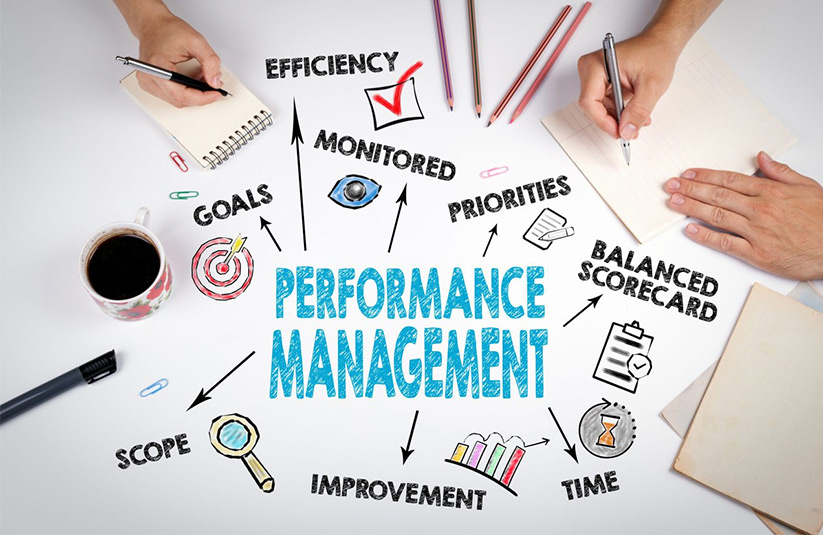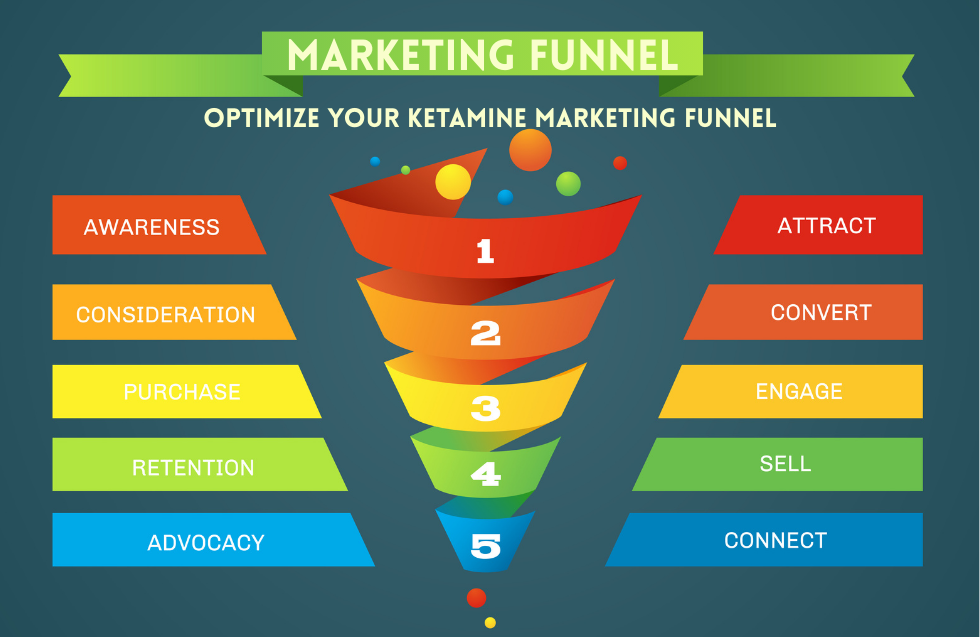Enterprise Performance Management (EPM) is becoming increasingly important in information technology. Through EPM, enterprises can monitor their overall performance. It’s also more than just business intelligence (BI), as it goes beyond analyzing and can be used to forecast, plan, and manage performance.
Due to its many benefits, EPM can provide a consistent framework in managing costs and sharing information with all constituencies of an organization. Management and executives use it to integrate and analyze data from many disparate systems into a single repository and plan processes to make better business decisions.
Growing businesses may benefit from an EPM implementation to help manage processes. Since they deal with multiple projects and high volumes of data flowing, an EPM system could help reduce the operational costs of running them. You may discover more of this easy-to-use and unified software by reading resources online.
What You Need To Know When Implementing An EPM System
If you’re a growing business thinking of implementing one, here are some things you need to know.
1. It Should Be Integrated Into Your Business Processes
Business processes are the foundation of Enterprise Performance Management and may cover manufacturing, marketing, accounting, or other essential areas. These processes provide an organization with a well-defined path to achieving its objectives. Thus, an EPM system may not be as effective as an organization wishes it to be without them.
Also, many businesses may not know that EPM initiatives may mean that organizations may perform long-standing activities differently. For example, an EPM initiative may shift the purchasing function to a strategic business partner.
Purchasing can no longer be viewed as a center that minimizes cost to maximize the bottom line. Instead, its role may be to efficiently identify and source needed goods and services from internal and external suppliers on behalf of the departments it supports. This allows flexibility, which is one of the keys to making your business future-proof.
2. Data Sources Must be In Place To Support The Business Process
EPM implementation needs data for analysis and planning, including those in the operating applications and warehouses. Since it’s a process aimed at identifying patterns and predicting trends, the availability of information makes gathering the reports and creating them possible. These can be further analyzed to develop models that’ll help users feel assured that their audits, reports, and projections are accurate and objective.
They may even be used in finance and budgeting as analyzed data can help determine expense parameters. Enterprise Asset Management Tools can also play a vital role in ensuring that relevant data related to assets is available and integrated into the EPM system.
Enterprise performance management can often be complex, time-consuming, and resource-intensive if manually done. The complexity naturally follows from an organization’s structure, process, and data structure. However, through the implementation of EPM, it’s hoped that data can be analyzed to achieve careful planning.
3. The Tools And Technologies To Support The Business Process Need To be In Place
Implementing an enterprise performance management system also means that tools and technologies should be available. These include software, middleware, and even hardware to extract, transform, load, and store data.
Security technologies protecting the business process may also need to be re-evaluated to support the new business process. That’s why a growing business may also need to attract the best cybersecurity candidates if it has an Information Technology (IT) department. Remember that as a powerful tool for any leadership to have a holistic view of their organization’s health, support areas should be prepared to maximize EPM benefits.
4. Employees May Need To Have Their Skills Upgraded
The most critical factor in the success of a business process is the employees. Having employees who are trained and ready to do their jobs increases the chances of success.
In implementing an Enterprise Performance Management System, current employees may need to acquire new technical knowledge. Supervisors may also be required to take new roles as project managers to ensure that projects are met on time.
5. The new or revised Standard Operating Procedures And Documentation Needed To Run The Business Process Must Be Prepared
To maximize the implementation of an enterprise performance management system, it must be a core component of the organization’s strategy and culture, and all departments contribute to the commission.
The following strategies can help:
- Delegate accountability and commitment throughout the organization to ensure that the implementation succeeds.
- Use metrics to measure the system’s effectiveness to ensure that it’s achieving the organization’s goals.
These efforts can eventually lead to a better system that meets regulations and transparency, from which all stakeholders can benefit. Ultimately, the best practices that will lead to optimization can be established for the company’s long-term success.
Takeaways
From this information, growing businesses can implement EPM solutions that help integrate core financials, automate processes, and ensure regulatory compliance. As a company grows, investing in EPM solutions can automate and streamline tasks that require human input, saving time and money.
However, it’s also essential for a business to know that proper EPM support and strategy are crucial for its overall success. Without such, this can be an overwhelming area for companies to navigate.













